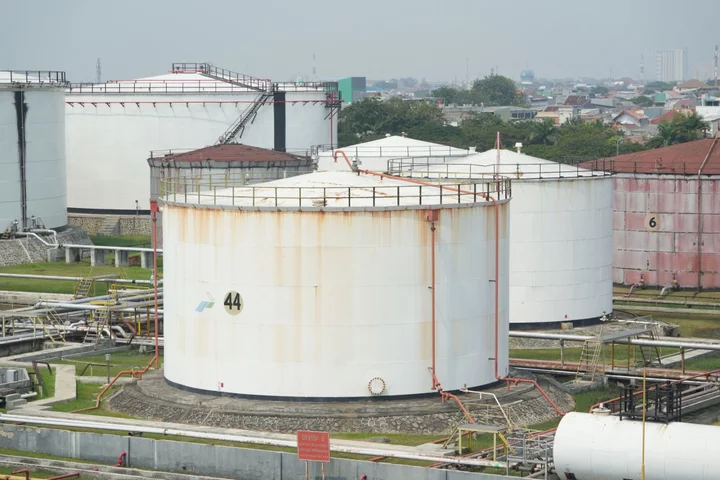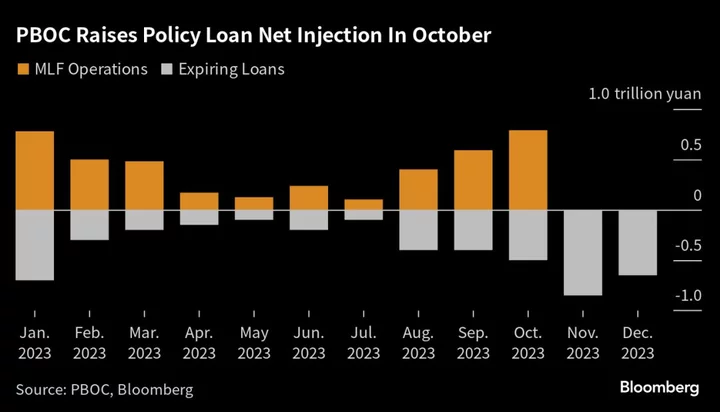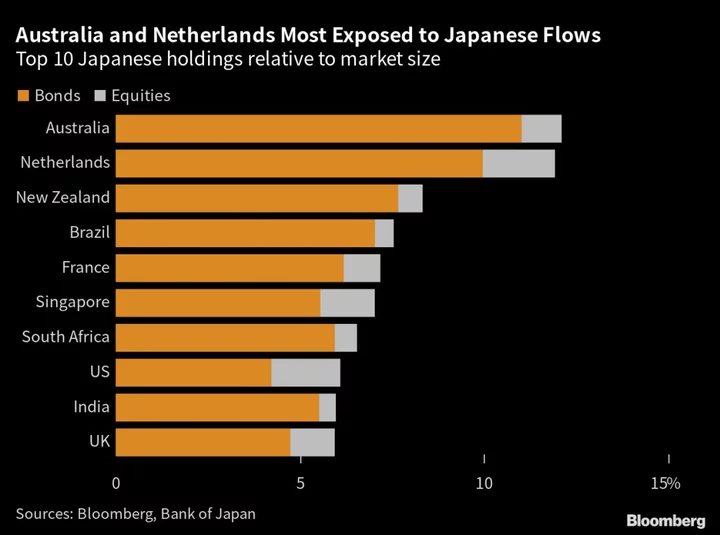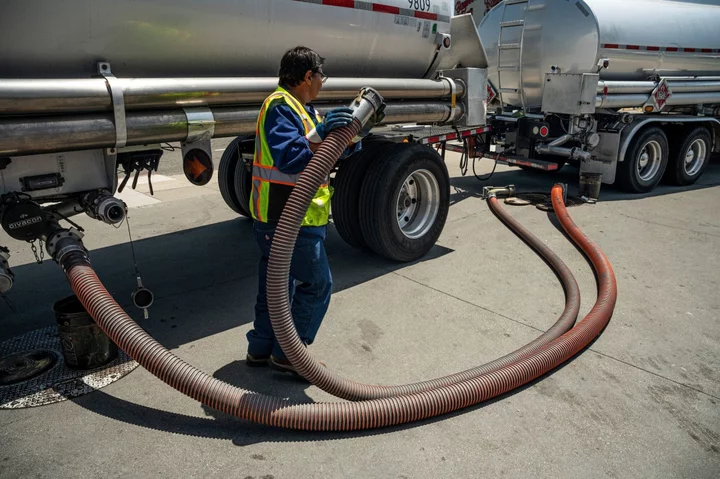The UK is facing a potential water sector crisis as it considers a temporary takeover of Thames Water Ltd, a rare move that was used for the first time during the recent energy crunch to protect customers of a failing supplier.
Possible intervention to rescue Thames Water’s recalls unprecedented action taken to prop up Bulb Energy Ltd., the government’s first special administration in November 2021. But England’s privatized water companies have historically relied on the public debt markets to fund their operations, making the plan for Thames Water potentially reverberate further.
The cost of nationalizing Thames Water would be passed to the taxpayer at a time when inflation is running high and living standards are dropping. Investments needed to improve water infrastructure are likely to push up bills further, according to Investec Bank Plc. Added costs for consumers will be difficult for the ruling Conservative party to defend coming into an election next year.
Like energy, water is a sector that’s considered too important to fail. A layered corporate structure, with billions of pounds of debt spread among different holders, makes Thames Water complicated for the government to take over. However, unlike energy suppliers, water companies own the pipeline infrastructure and they supply customers, making a state takeover more significant.
Thames Water has issued bonds through different layers of the company, each offering different security to investors. Depending on how an administration proceeds, that could trigger a variety of outcomes for different investors. In a debt offering in 2021 the company already warned that government intervention in the industry could impact the company’s ability to meet its obligations.
Read More: UK Considers Nationalization of Thames Water as Bonds Tumble
“A special administration regime would facilitate a transfer to new owners, but leave ring-fenced bondholders unable to enforce any security and with no guarantee of being made whole in a new financial structure,” Paul Vickars, senior credit analyst at Bloomberg Intelligence said.
The water company had £13.9 billion of debt as of September, according to the latest company filings. That includes £2.8 billion of bonds linked to UK inflation. Some, but not all, are backed by the regulated assets owned by the company. Any hit to the company’s credit rating might also impact the value of its bonds.
Thames Water may need to raise more capital from investors soon, but its debt-to-equity ratio is the highest among its peers. That makes it more challenging for the company to raise the capital needed to make the required improvements on its infrastructure. Meanwhile, tapping the debt markets to refinance upcoming maturities would also prove challenging.
Thames Water said it is working with shareholders to raise more equity, in a statement published in response to media coverage about its position. Regulator Ofwat said it is in discussions with Thames Water on the need for a “robust and credible plan”.
Author: Todd Gillespie, Priscila Azevedo Rocha and Irene García Pérez









